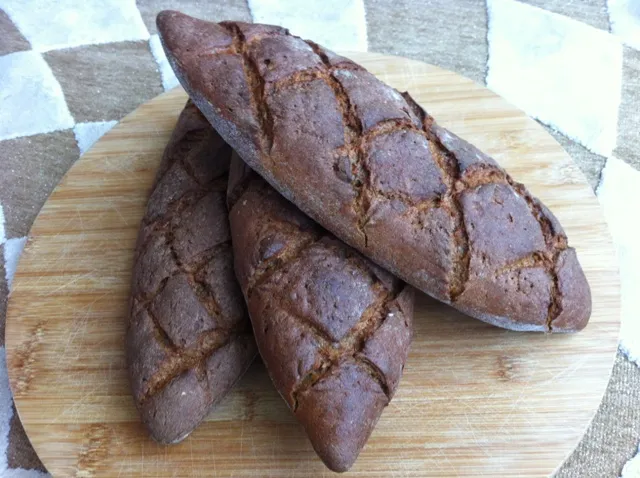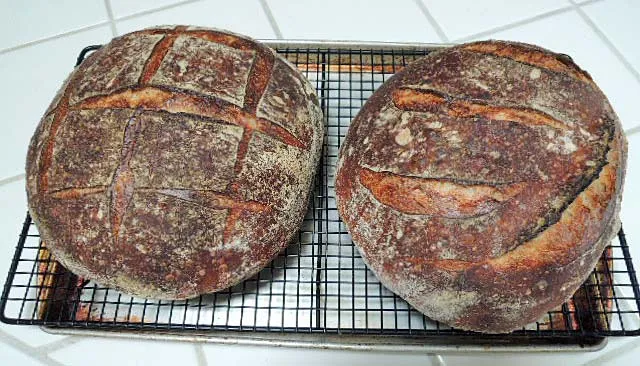Three Braided Loaf

I had made this bread some time back but thought of sharing with you guys today. It's one of the first shaped breads that I tried. I forgot to take a shot of the crumb, will remember next time I bake it. Recipe and method is from Peter Reinhart's The Bread Baker's Apprentice
- Log in or register to post comments
- 10 comments
- View post
- bakingyummies's Blog







